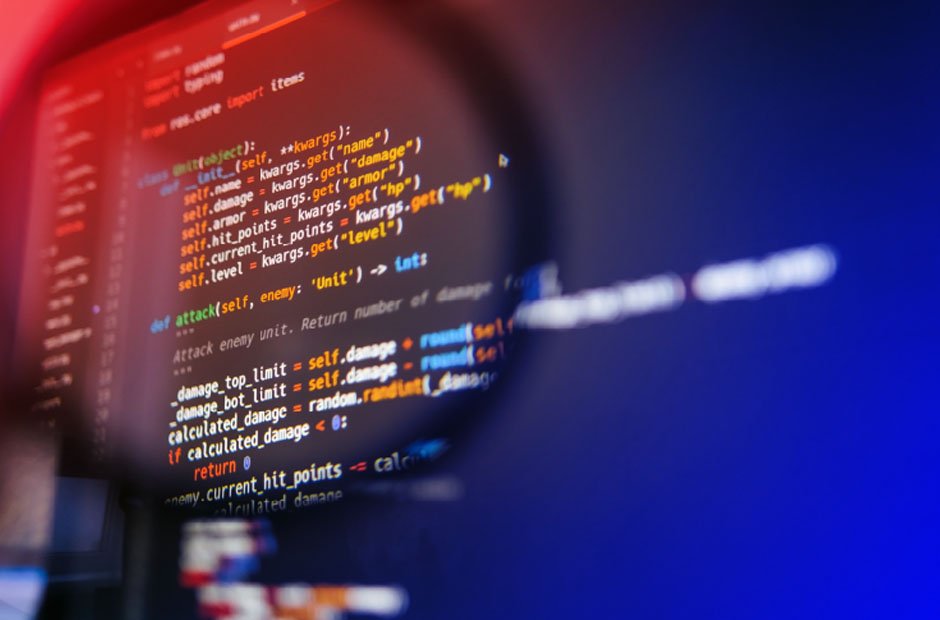Python is a robust programming language for creating web apps, APIs, scripts, and other types of software because it is flexible and reliable. Python’s adaptability, nevertheless, also raises possible security issues. Therefore, it’s crucial that the you hire python developers, they are knowledgeable with and skilled at implementing security best practices.
The need to put security first throughout the SDLC cycle cannot be overstated in today’s connected world, where cyber-attacks are growing more sophisticated. By adhering to secure code practices, developers may greatly lower the danger of common security vulnerabilities including injection attacks, XXS attacks, unauthorized access, and much more.
Developers should follow secure coding best practices while building Python programs because they are essential ideas and directives. By enhancing the security, dependability, and integrity of software programs and shielding them from potential threats and security vulnerabilities, these procedures are intended to improve their security.
Beyond the actual code, several secure coding methods are used. Adhering to secure coding best practices fosters confidence among users and stakeholders in addition to protecting user data and preserving the confidentiality and integrity of systems. Developers should avoid wasting time, effort, and the possible reputational harm that security incidents may cause by proactively addressing security risks during development.
It’s critical to remember that secure coding is a continual process that calls for constant learning & adaptation. When you hire dedicated developers, it is imperative to bear in mind that they should be knowledgeable on the most recent security flaws, best practices, and emerging security flaws. Python programmers can build a more secure software environment by incorporating security as a crucial step in the development process.
Essential Security Coding Best Practice in Python
Python secure coding techniques are crucial for ensuring the reliability and authenticity of your code as well as for defending against any security flaws. Here are some key secure coding practices to follow when writing Python code.
Let’s start with the most common one
Use The Latest Version of Python
One of the most common mistake developers and organizations do is using outdated python version. It is an important security best practice to use python latest version. This ensures that you get access to the security patches, bug fixes, and provides with mitigation for vulnerabilities through active python community. The latest version often comprises of improved security features, compatibility with the up-to-date frameworks and libraries, and solidifying overall security of your application. Another benefit of using the latest python version is community support and resource availability for security-related discussion. Utilizing the latest Python version helps actively secure your codebase & and take advantage of language security advancements.
Secure Input Validation
Secure Python development relies heavily on thorough input validation, one of the most important security best practices. Common security vulnerabilities like injection, XSS, and common injection vulnerabilities can be avoided by validating and cleaning data from external sources like user input or APIs. To achieve this, it is necessary to establish precise requirements for input data, carry out client- and server-side validation, and employ suitable sanitization procedures. It is crucial to update and modify validation procedures to handle changing requirements frequently. Python programmers may greatly improve the security of their programs and safeguard against potential vulnerabilities and data breaches by giving careful input validation top priority.
Eliminating Hard-Coding
Another thing on the list of secure coding best practices of python is avoiding hard-coding of sensitive information. This best practice involves avoiding storing sensitive information such as passwords, API keys, or access tokens into the source code. These hard-coded information has a significant security risk since this sensitive information can be easily grabbed if the source code is compromised or is improperly handled. Therefore, storing sensitive information in secured external sources such as configuration files and key management systems is recommended. This separation will provide an extra layer of security by limiting access to sensitive information & enabling controlled access management.
Prevent SQL Injection
Preventing SQL Injection is another Python security best practice that defends against the malicious exploitation of vulnerabilities in the database structure. Utilizing the parameterized queries or using statements to separate query structure from user input, mitigating SQL injection risks. Apart from this, robust input validation & sanitization techniques should be used to ensure the integrity of user input. To further strengthen the defense, you must implement the least privilege principles and update libraries and databases. By utilizing this security measure, developers can protect sensitive data and fortify the security of the applications.
Secure Python Package Audit
The time you save by not reinventing the wheel is one of the many benefits of using packages. Using the Pip package, packages can be quickly installed. They provide numerous advantages, including time savings, smaller and more manageable code bases, simpler application architecture, and improved performance. Most Python packages are uploaded to PyPI, a code repository for Python packages that does not undergo any security evaluation or audit. This implies that anyone with malicious intent can easily create and publish a package to PyPI, adding dangerous code or, occasionally, publishing a package with a name that sounds like a well-known package and copying its features. To avoid using vulnerable Python packages in your code, double-check each package before installing or importing it. Furthermore, you can check your Python dependencies with security tools to check for vulnerable packages.
Protection against CSRF
Another crucial security best practice in web development is protection against the CSRF attacks. To mitigate against these attacks developers should implement measures such as using CSRF tokens, that are unique identifiers to validate the authenticity. Associated with user sessions, these tokens are generated on servers. To ensure that the request originated from a legitimate source, verifying the presence and correctness of the CSRF token in each request is necessary. This will eliminate the risk of unauthorized actions performed in place of the legit user. Furthermore, the overall defense against CSRF attacks can be strengthened by providing effective request validation, enforcing tight Same Site cookie characteristics, and using secure coding techniques.
Safety against Cross-site Scripting
Last but not least on the list is safety against the XSS attacks. To alleviate XSS attacks, developers should implement proper input validation & output encoding. Input validation involves sanitizing user-supplied data to prevent the injection of malicious scripts. Output encoding ensures that any data displayed or included in the HTML output is properly encoded to stop the execution of the malicious code. To leverage the in-built protection against XSS, use the security libraries or frameworks such as content security policy can further provide you with protection. Additionally, regularly updating software components, adapting secure coding best practices, and security audits can help you keep your application safe from XSS attacks.
Conclusion
In a nutshell, following secure coding best practices is important when you develop web applications in Python. Although this is a scratch on the surface, but by using these best practices developers can have a shield of protection and can secure their python applications to safeguard the sensitive data, maintain user trust and mitigate any potential security threat that may arise.
Author Bio

Ronak Patel is a CEO and Founder of Aglowid IT Solutions, an ever-emerging Top Web and Mobile Development company with a motto of turning clients into successful businesses. He believes that Client’s success is company’s success and so that he always makes sure that Aglowid helps their client’s business to reach to its true potential with the help of his best team with the standard development process he set up for the company.
















